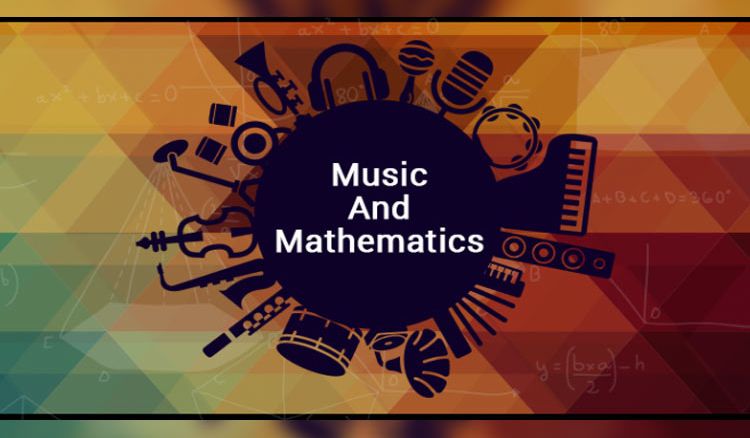Music is known to invoke your senses, even our sixth sense. It gives us pleasure and sometimes moves us to tears. A shiver down one’s spine or an uncontrollable guffaw, when listening to your favourite musician or any sorts of music is most often a case quite unknown to us. But these shivers or Goosebumps have connection with Mathematics.
You may think this has very little to do with mathematics, but the truth is math is related to music with cold and rational logic. Can mathematics help us measure what’s sublime or ineffable about a piece of music? Or you may simply try to Google it out but it won’t lead you anywhere. So the question remains- what can math tell us about this powerful phenomenon which is closely connected our emotions?
Fact:
Very few know the fact that, Music evokes strong emotions such as Goosebumps or frisson, laughter or awe, like food, sex and drugs, it secretes dopamine to induce pleasure.
Where maths comes in?
Shaping of both expectations and time can be described mathematically. Over the years researchers, have developed models expressing parameters in music. Many of the tones, which forms the music, are based on tonal analysis algorithms which basically known as ‘Spiral array model’.
What is Spiral array model?
The spiral array is a plot for 3D models that allows us to visually analyse dynamic evolution of musical spots and keys. When the timing and notes combine to do something interesting, that’s the moment it tugs us with emotions. As a music is played, the notes can be mapped to the duly model and summarised. The movement in the space between the keynotes directly hits the brain, with equation of time and speed it triggers the emotional senses which remains at the back of the brain.
 বাংলায় পড়ুন
বাংলায় পড়ুন














